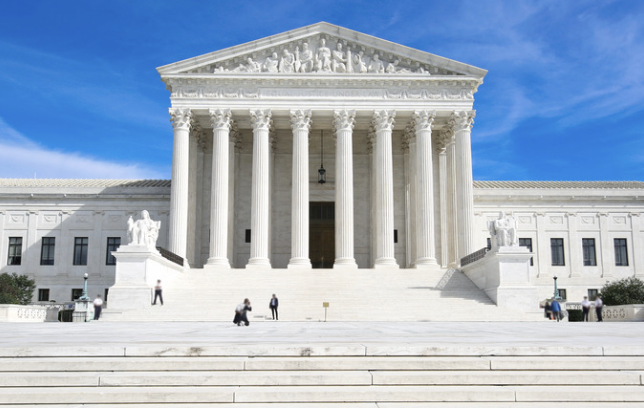
In a landmark ruling, the Supreme Court overturned Chevron v. Natural Resources Defense Council, which gave federal agencies wide latitude to interpret laws. Judges can now interpret laws on their own, rather than defer to agencies, making it easier to overturn federal government regulations.
What is Chevron Deference
In 1984, the Supreme Court decided Chevron v. Natural Resources Defense Council, a case involving the Environmental Protection Agency’s (EPA) interpretation of the Clean Air Act. The court ruled that because the law was vague, the EPA (and other federal agencies) should have leeway to interpret the statute. Moreover, Chevron said, courts should uphold the agency’s interpretation as long as it was reasonable, even if it differed from what the court considered to be the best interpretation of the statute.
This principle became known as “Chevron deference” and became one of the most important decisions in administrative law. In the 40 years since Chevron, federal courts have cited it more than 18,000 times.
Supreme Court overturns Chevron ruling
In a 6-3 vote, the Supreme Court struck down the “Chevron deference” doctrine, saying it was inconsistent with the Administrative Procedure Act, a federal law that sets out the procedures federal agencies must follow and how courts review agency actions. The ruling noted that the responsibility for determining the meaning of the law lies with the courts, not the agencies, and that Congress intended the courts to handle statutory questions.
The ruling also states that going forward, courts must exercise “independent judgment in determining whether an agency acted within its statutory authority.” In other words, instead of giving agencies broad deference, judges can decide based on their own understanding of the law whether an agency acted within the law. From a practical perspective, it will now be easier for courts to overturn regulations issued by federal agencies.
Previous Cases
In the majority opinion, the justices said previous cases relying on the Chevron doctrine should be upheld — including the original Chevron v. Natural Resources Defense Council decision.
What is happening now?
In their opinion, the justices seemed to suggest that the precedent before the Chevron decision still stands. That principle is the Skidmore principle — based on Skidmore v. Swift, which involved the interpretation of the Fair Labor Standards Act. Under the Skidmore principle, courts may still defer to an agency’s interpretation of the law, but only to the extent that the agency can convince the court of its thoroughness, long-standing consistency, and sound reasoning.
Impact on customs law
There are 47 federal agencies whose regulations may affect the import and export of goods. Over the past 40 years, these agencies have been given broad discretion to interpret the law and implement rules on their own. From now on, courts will no longer have to defer to these agencies and may find it easier to overturn their rules and regulations.
Diaz Trade Law will continue to monitor how courts rule on trade-related regulations in the future. Have questions? Contact us today to learn more about how these developments may impact your business.











Leave a Reply Cancel reply
You must be logged in to post a comment.